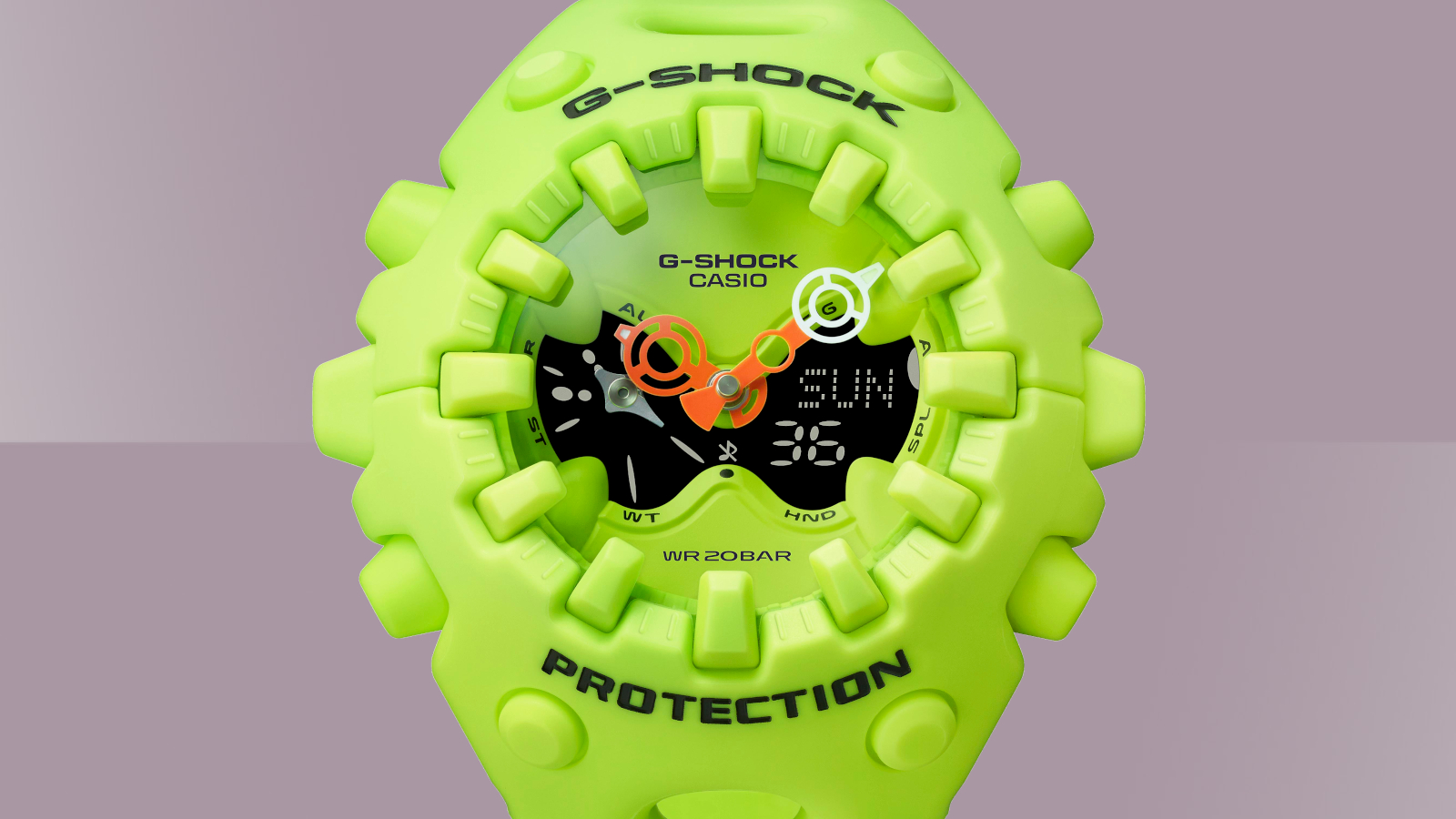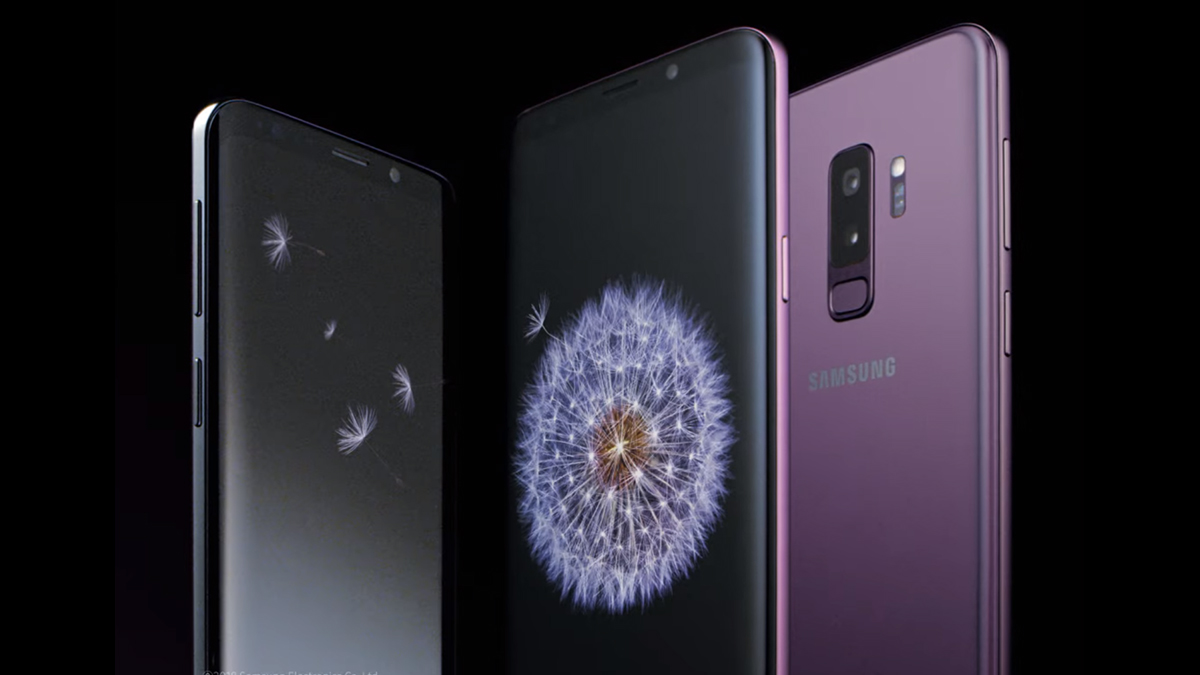

It's the biggest mobile launch of the year so far: the Samsung S9 (and Samsung S9 Plus), the phones that are going to take on whatever Apple and Google have planned for this year, as well as the usual competition from the likes of LG, HTC, Sony, OnePlus, Huawei and more.
By now you've probably digested some of the headline features of the Galaxy S9, like that special dual-aperture camera, and the improved processor under the hood, but we're here to fill you in on some of the less-obvious improvements you might not have noticed yet.
1. The bezels are even smaller
At first glance the Galaxy S9 looks a lot like the Galaxy S8, but Samsung has in fact stretched the screen out even further – those minimal bezels are a fraction smaller than before, which means the Galaxy S9 is 1.2 mm (0.05 inches) shorter than its predecessor.
You're probably not going to notice the difference too much, but it's a sign that Samsung is further perfecting its craft, and those bezels might have disappeared altogether by the time the Galaxy S10 rolls round. The 18.5:9 aspect ratio for the screen remains the same.
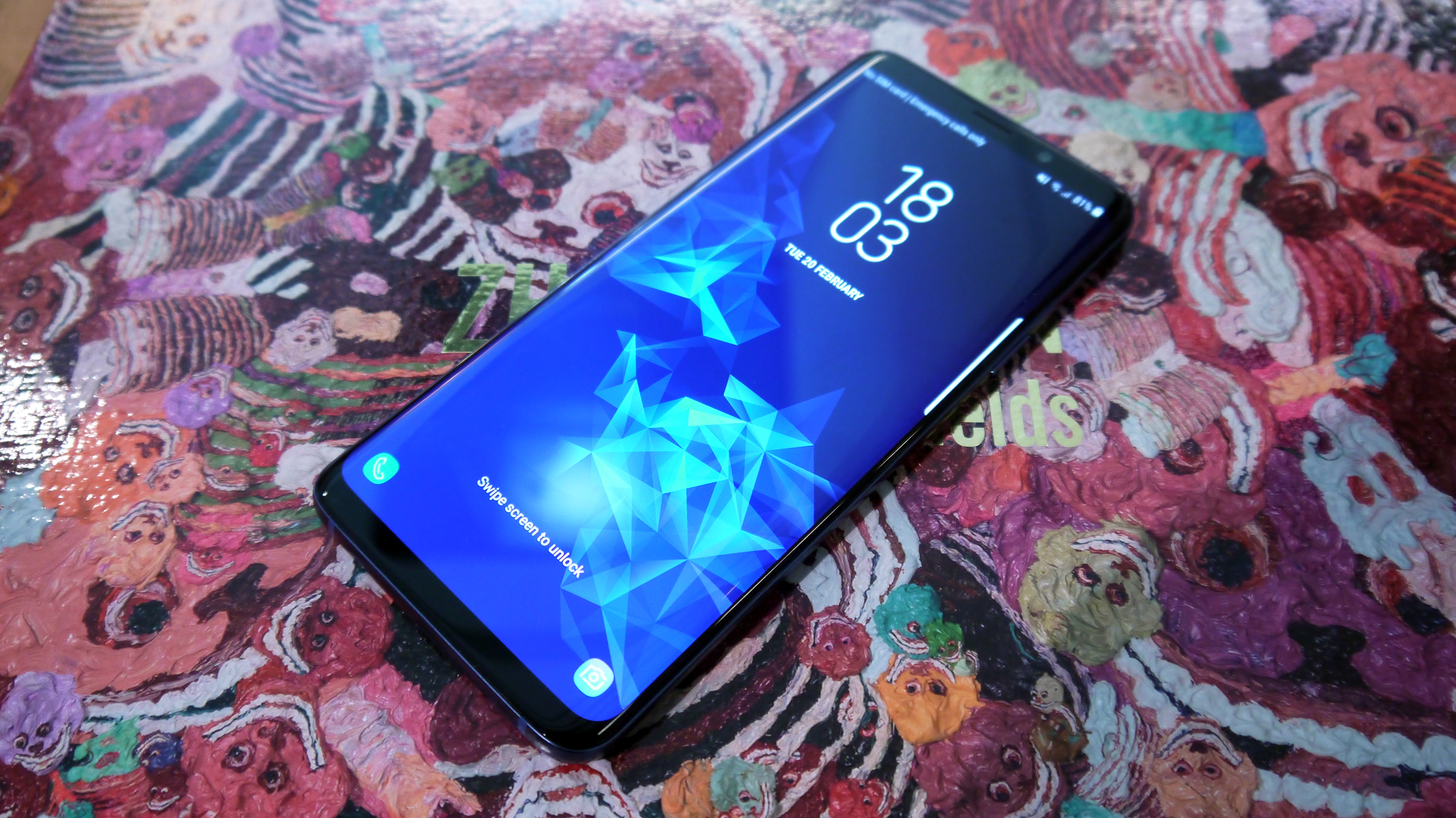
Samsung Galaxy S9
2. The phone is a little thicker and heavier
Speaking of dimensions, the Galaxy S9 is 0.5 mm (0.02 inches) thicker than the S8 that came before it, as well as 0.6 mm (0.02 inches) wider – not a dealbreaker, but a fact to wow your friends with when they ask you about the new smartphone's evolution from 2017.
The S9 weighs in at 163 g (5.75 oz) while the S8 tipped the scales at 155 g (5.47 oz), so there's some extra bulk here, but not much. That additional size and weight is carried over to the Galaxy Plus models as well, though again the difference isn't all that significant.
3. The S9 should be more durable
So what do you get in return for that slightly wider and thicker frame? Better durability for a start, which will come as a welcome upgrade for anyone who has a tendency to drop their phone on the floor – the S9 phones should stand up to scrapes and knocks better.
Sign up to the T3 newsletter for smarter living straight to your inbox
Get all the latest news, reviews, deals and buying guides on gorgeous tech, home and active products from the T3 experts
The front-facing glass panel is thicker on the S8 than it was on the S9, while the aluminium around the sides has been made thicker as well. It's also a stronger type of aluminium, so if the phone does take a fall, less of the shock of the impact will be passed on to the screen.
4. The fingerprint sensor has been moved
One of the biggest annoyances of the Samsung Galaxy S8 was the way the fingerprint sensor sat to the side of the camera lens, which meant you had to obscure the camera to unlock the phone, and were likely to smudge the lens with your finger at the same time.
Thankfully, Samsung has seen sense and put the fingerprint sensor below the camera on both the S9 and the S9 Plus, which means it's in a much more natural position. Now if Samsung's engineers could only work out how to embed it under the front-facing display...
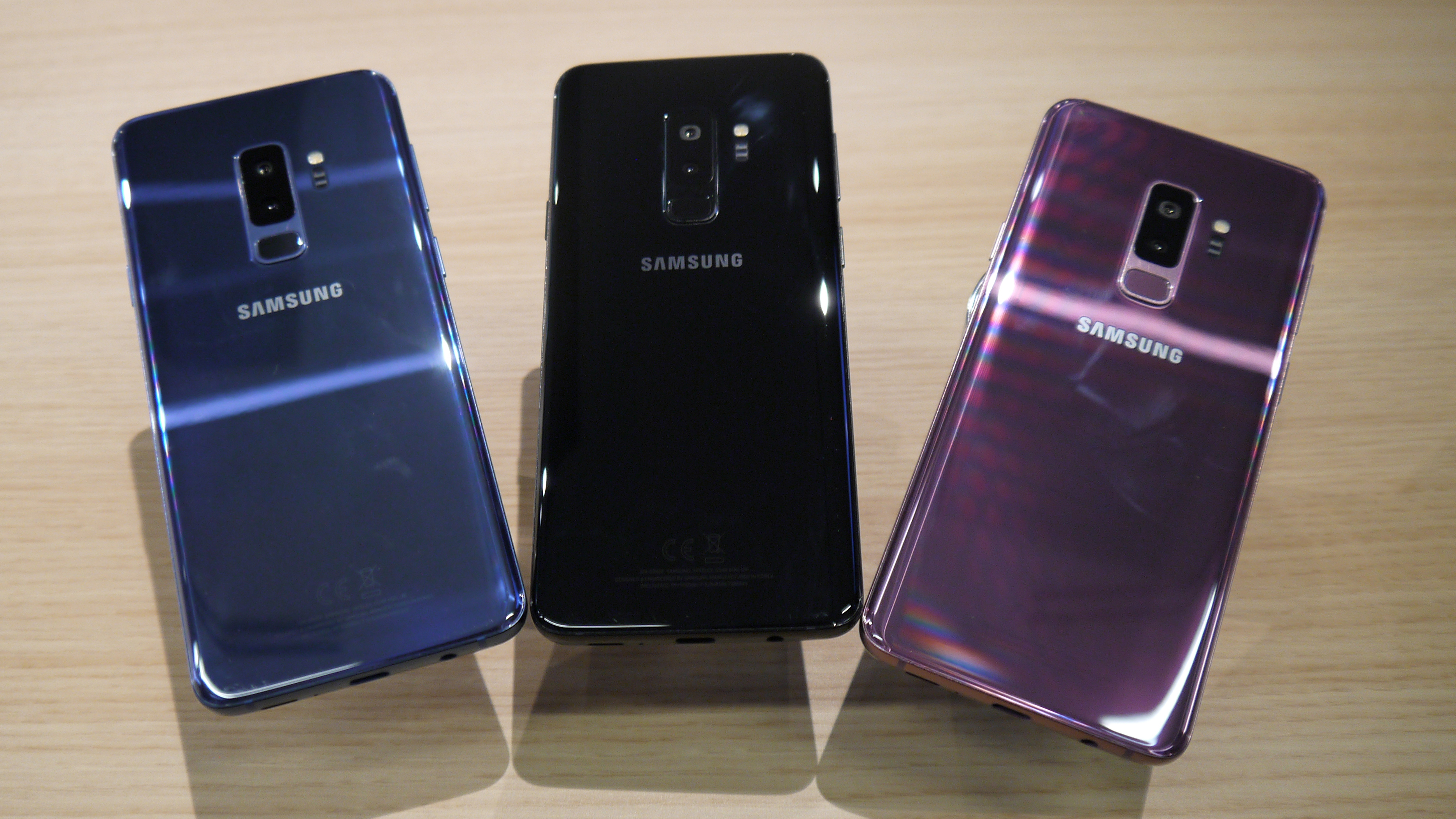
Samsung Galaxy S9
5. The home screen adapts to landscape use
Following on from something we've seen with the Google Pixel 2, support for landscape mode now extends to the home screens of the Galaxy S9, not just selected apps. It's not a huge interface change, but it should make the S9 and S9 Plus more convenient to use.
In other words, if you want to get back to your grid of apps after watching Netflix, the screen won't suddenly shift its orientation along the way. The same feature will actually reach Samsung's older phones too, once the long-awaited Android Oreo update rolls out.
6. You can use the S9 as a trackpad
As well as upgrading its flagship phones, Samsung has also upgraded the DeX experience – the bit of kit you can plug the S9 and S9 Plus (or S8 phones) into to power a full-screen, desktop-style Android experience, complete with mouse and keyboard if needed.
New this time around is the ability to use your S9 as a trackpad for the bigger display, making the whole experience just that little bit more useful, and DeX now supports 1440p resolutions too. Meanwhile, the old DeX Dock has been replaced by the new DeX Pad.
7. You can translate signs and menus instantly
Samsung hasn't forgotten about Bixby in its new flagship phones, and one of the new tricks the smart digital assistant can do is to instantly translate foreign words through the S9 camera (handy if you're trying to read a road sign or a menu while abroad, for instance).
Other apps like Google Translate have been able to do this for a while, but it shows that Bixby is slowly getting smarter, and that Samsung is serious about investing in its AI-powered assistant. Bixby 2.0 is slated for a reveal later in 2018 with the Galaxy Note 9.
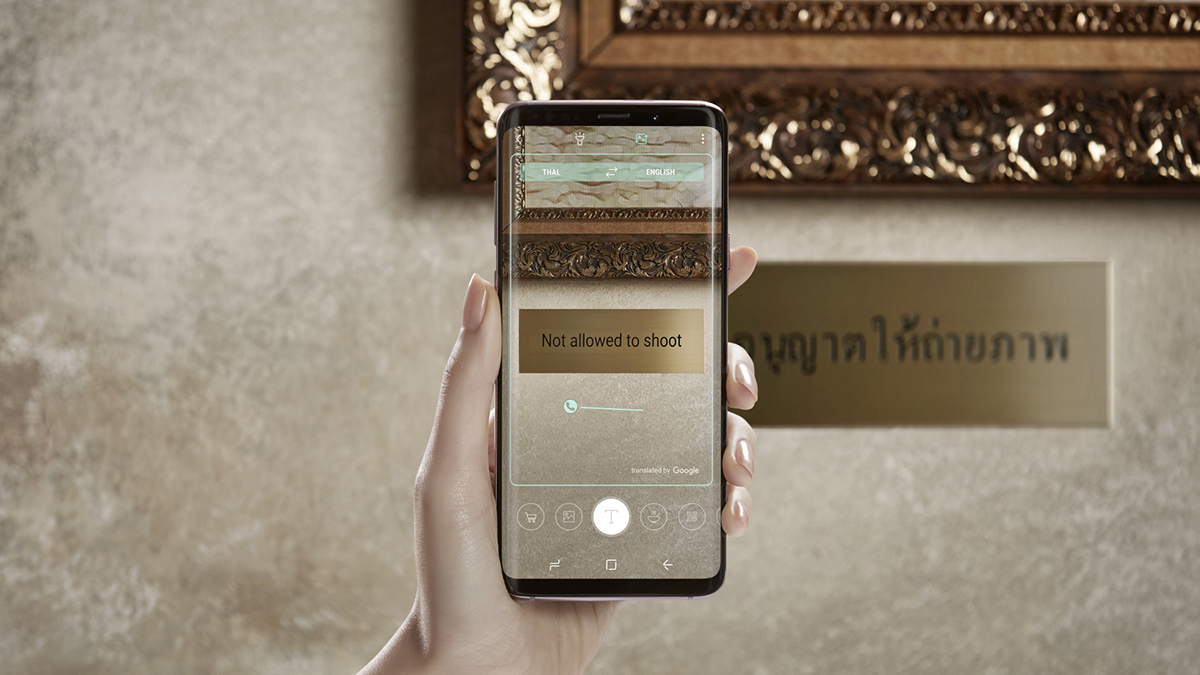
Samsung Galaxy S9
8. There's an extra speaker
Plenty of us use our phones to watch movies, play games and listen to music, and the S9 and S9 Plus come with some improved audio capabilities to help with the sound: the phones now boast stereo speakers, one at the top and one at the bottom of the devices.
Samsung says the stereo speaker setup makes the audio output up to 40 percent louder than the Galaxy S8, so you should really be able to crank out those tunes or that Netflix dialogue or whatever you're listening to. The Dolby Atmos standard is supported too.
9. There are new colours
The Samsung Galaxy S9 can be yours in a choice of three colours when you pick it up, but one of them is new this year: you've got Midnight Black and Coral Blue, which we saw last year with the Galaxy S8, and the new Lilac Purple, which might suit your tastes even better.
The Galaxy S9 Plus goes even further by adding Titanium Grey and Lilac Purple to the mix of colours (with Midnight Black and Coral Blue) – neither of those were available on the Galaxy S8 Plus last year, though the older phones had a broader choice of colours overall.
Dave has over 20 years' experience in the tech journalism industry, covering hardware and software across mobile, computing, smart home, home entertainment, wearables, gaming and the web – you can find his writing online, in print, and even in the occasional scientific paper, across major tech titles like T3, TechRadar, Gizmodo and Wired. Outside of work, he enjoys long walks in the countryside, skiing down mountains, watching football matches (as long as his team is winning) and keeping up with the latest movies.
-
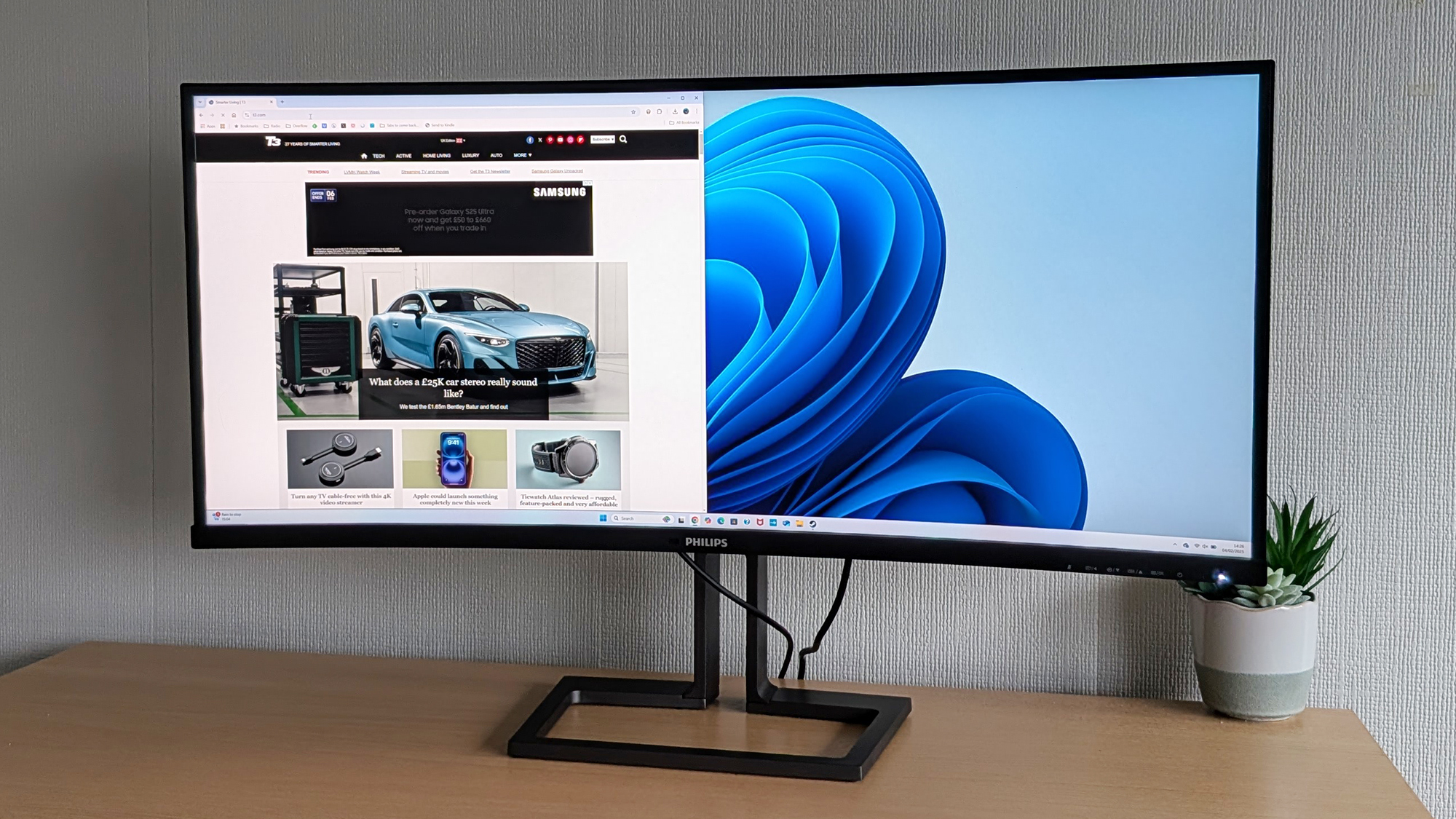 Philips 40B1U6903CH review: a 5k monitor ready to level up your productivity
Philips 40B1U6903CH review: a 5k monitor ready to level up your productivityIt's got the lot for a home office, but gamers won't be convinced
By David Nield
-
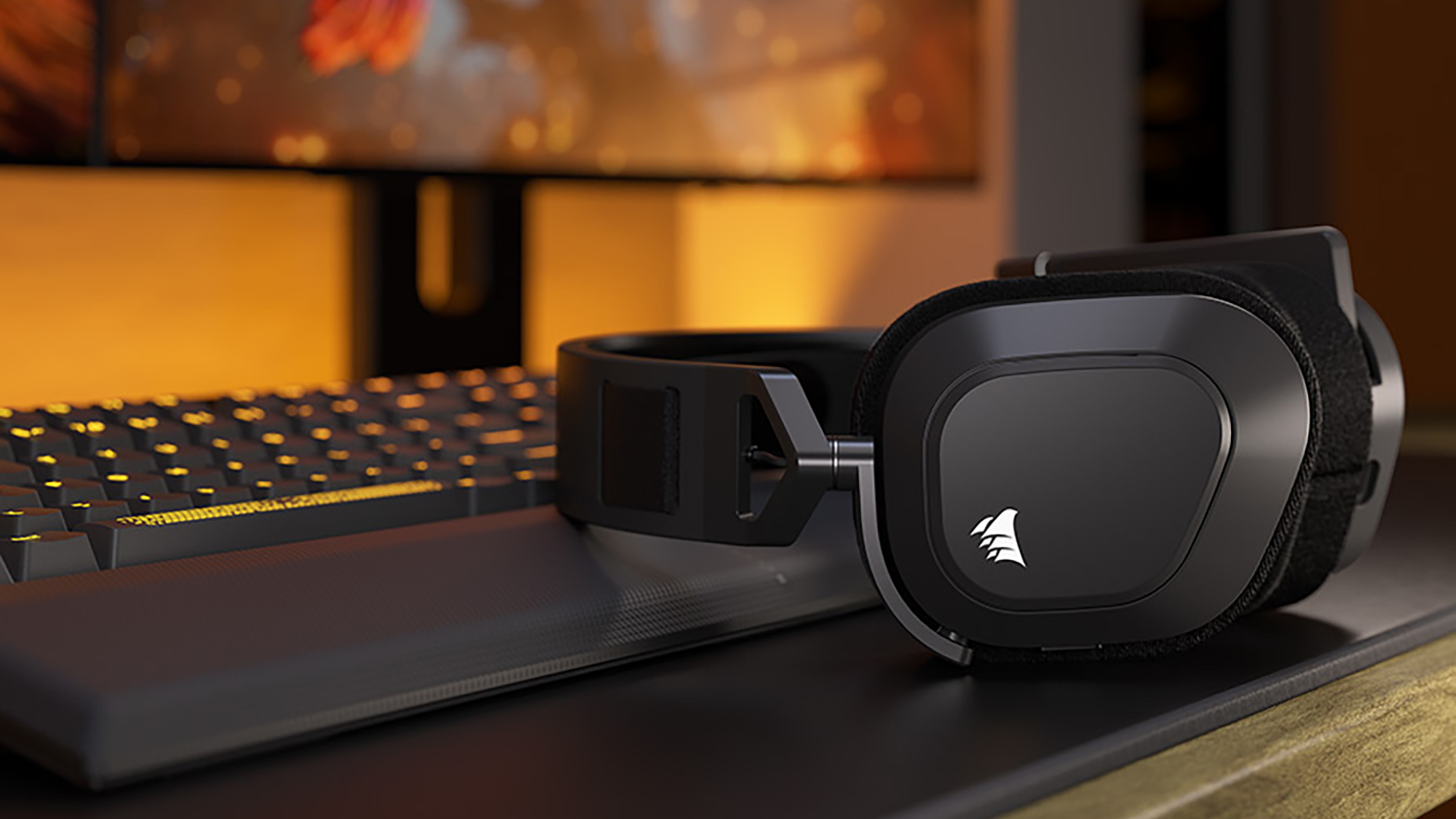 Corsair HS80 Max Wireless review: a solid mid-tier gaming headset
Corsair HS80 Max Wireless review: a solid mid-tier gaming headsetA capable audio option for the price you're paying
By David Nield
-
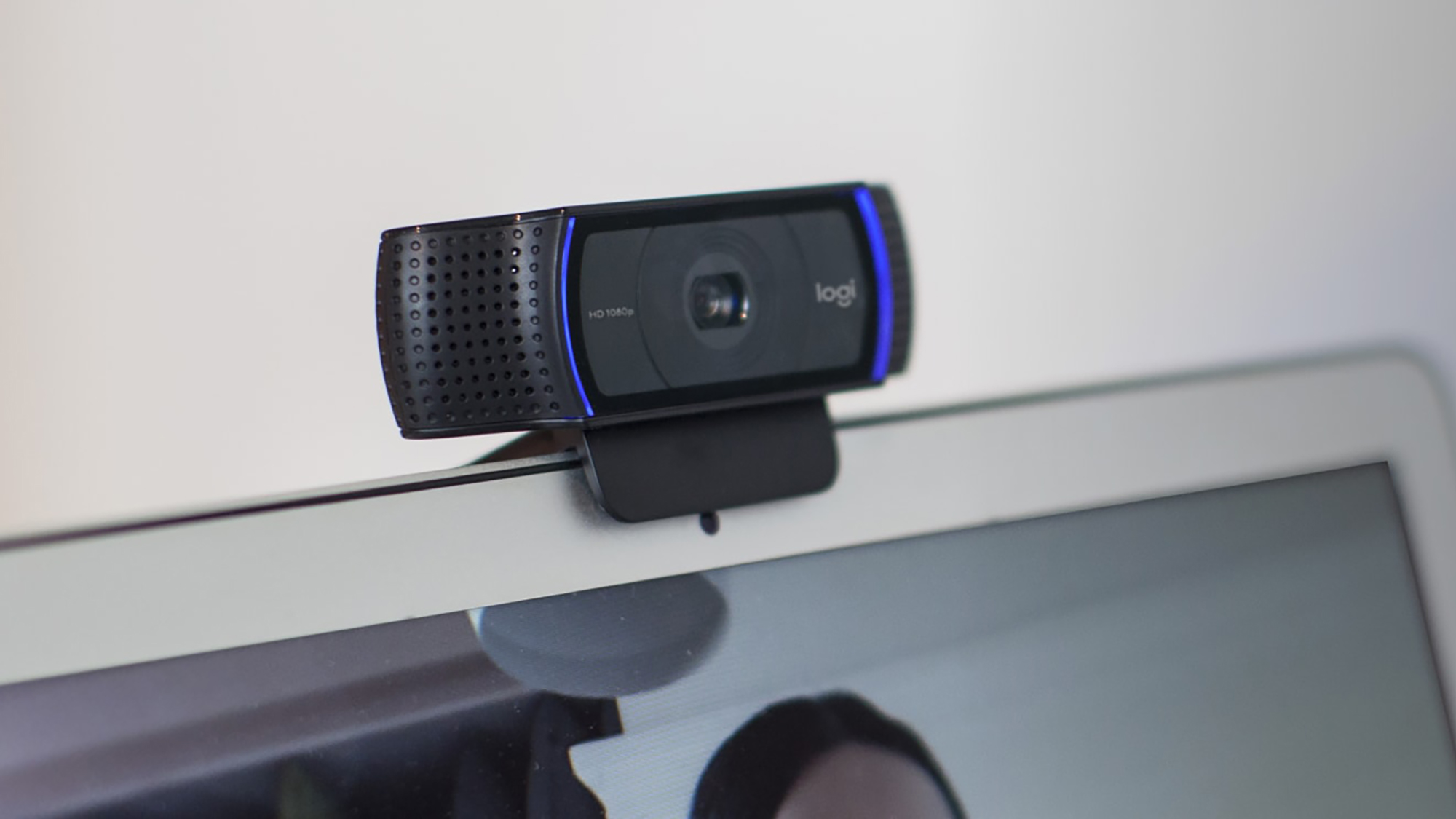 Logitech C920 Pro HD review: a solid and affordable webcam upgrade
Logitech C920 Pro HD review: a solid and affordable webcam upgradeThe Logitech C920 Pro HD has plenty to offer shoppers on a budget
By David Nield
-
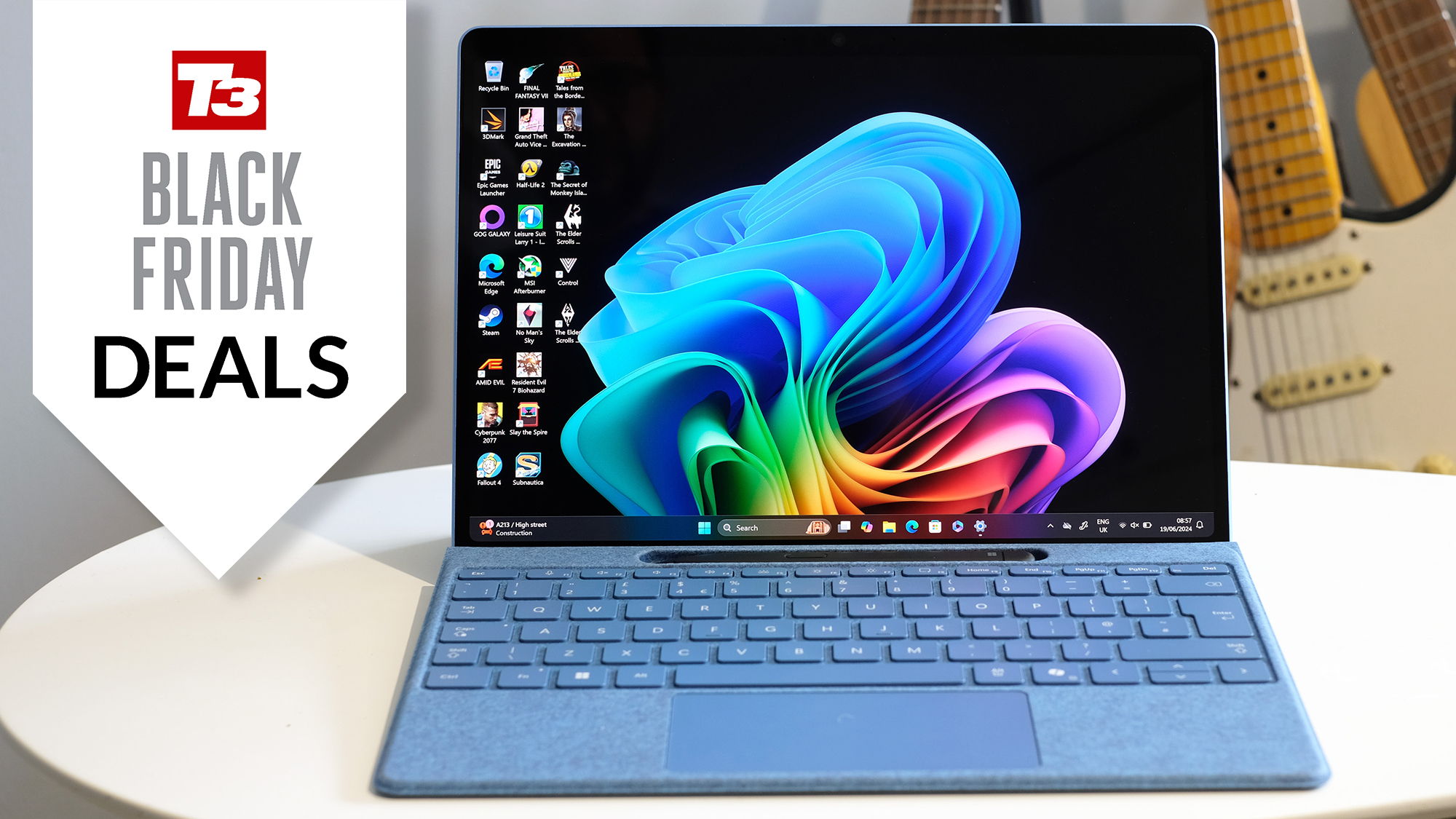 Microsoft's 5-star Surface with keyboard is Best Buy's killer deal
Microsoft's 5-star Surface with keyboard is Best Buy's killer dealBest buy it at Best Buy!
By David Nield
-
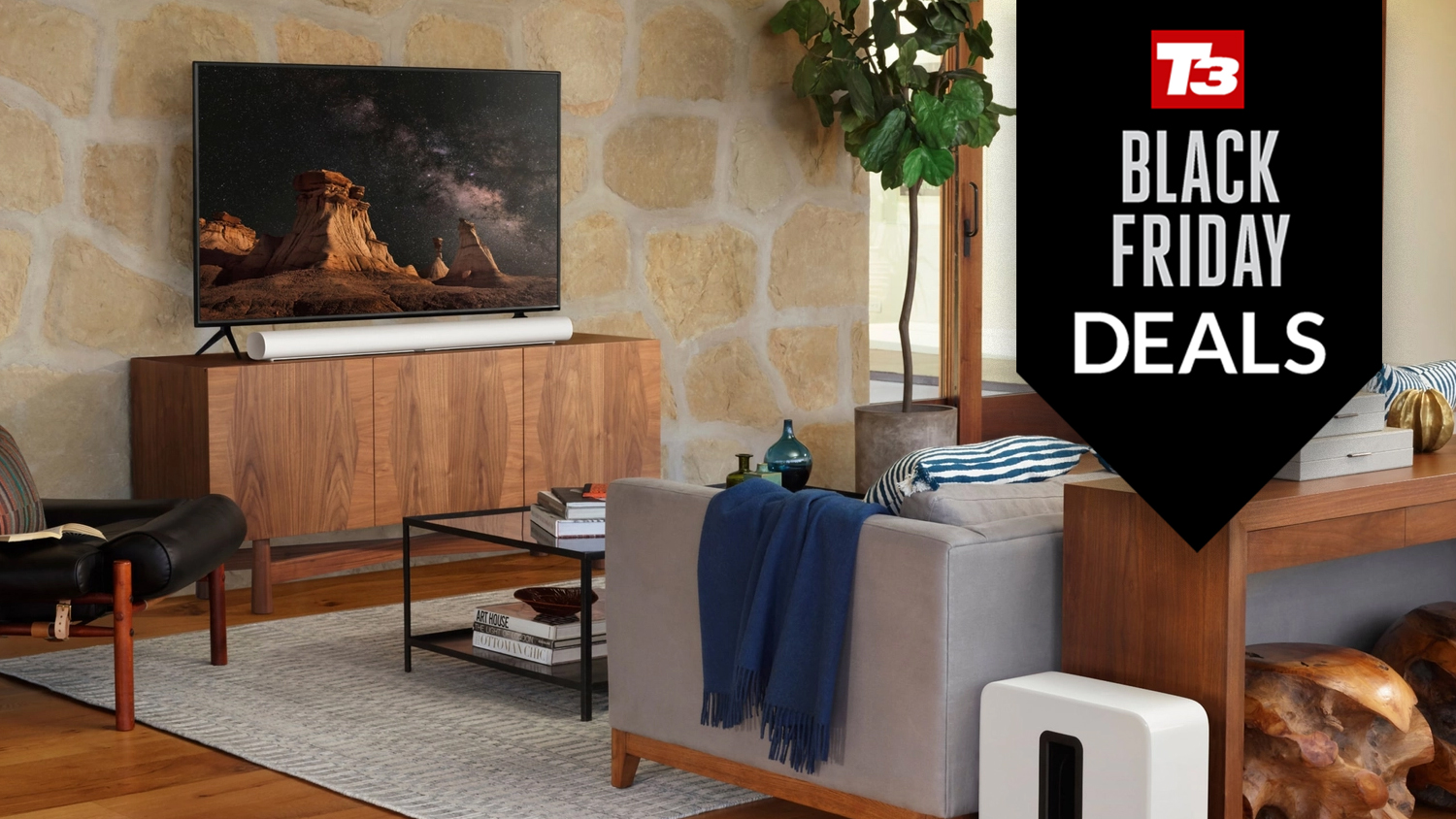 Sonos' premium soundbar just hit its lowest-ever price in 5-star deal
Sonos' premium soundbar just hit its lowest-ever price in 5-star dealTop-tier sound doesn't have to cost top dollar
By David Nield
-
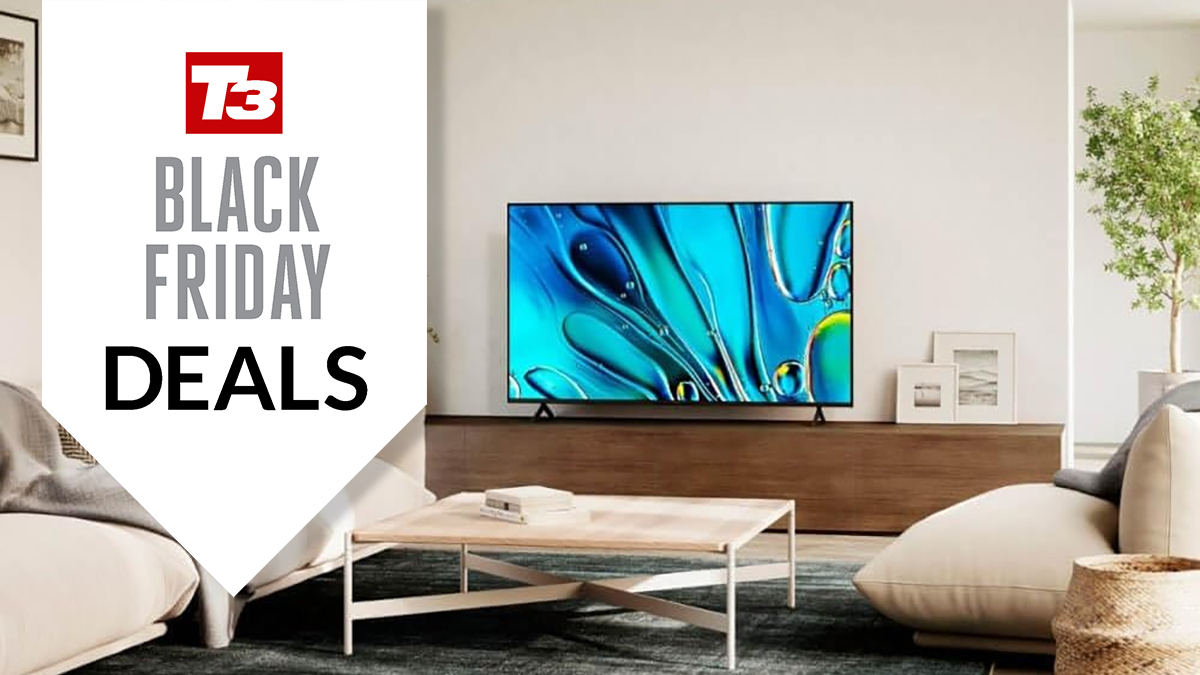 Huge 75in Sony TV is now cheaper than ever in Amazon's Black Friday sale
Huge 75in Sony TV is now cheaper than ever in Amazon's Black Friday saleYou can now get a top-quality TV for less, with 100s of dollars off this set
By David Nield
-
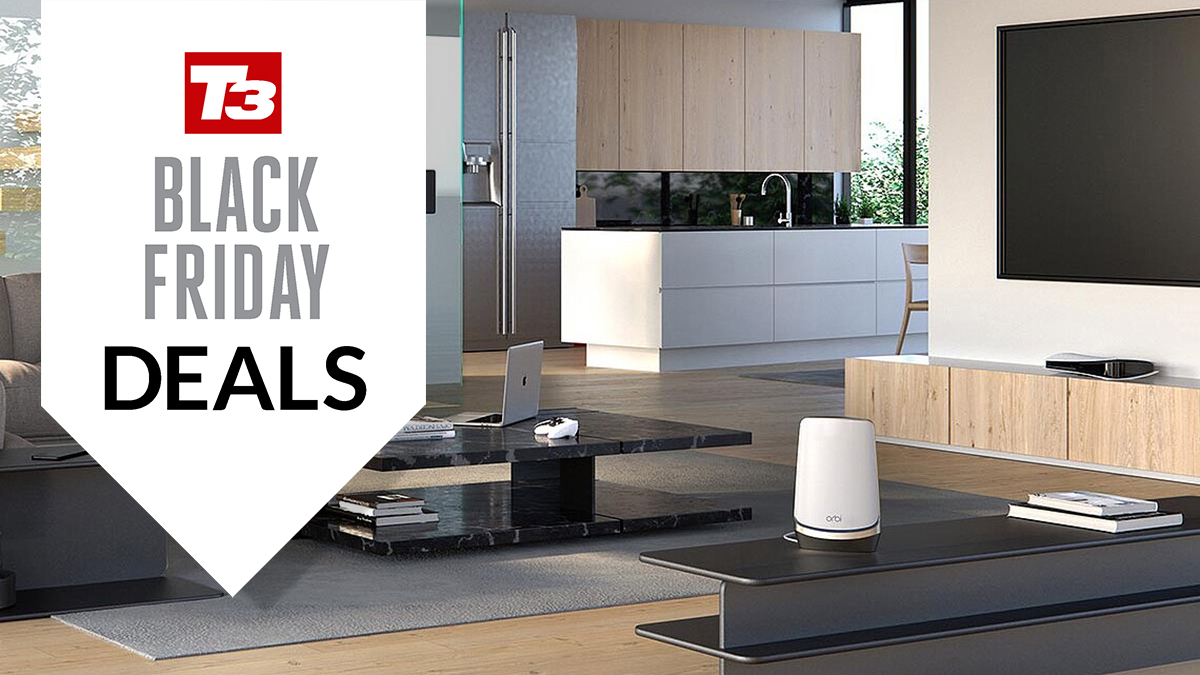 Improve your Wi-Fi with 5-star Netgear kit – now cheaper than ever
Improve your Wi-Fi with 5-star Netgear kit – now cheaper than everThis is one of the most powerful home Wi-Fi setups you can have – and it has hit a new low price on Amazon
By David Nield
-
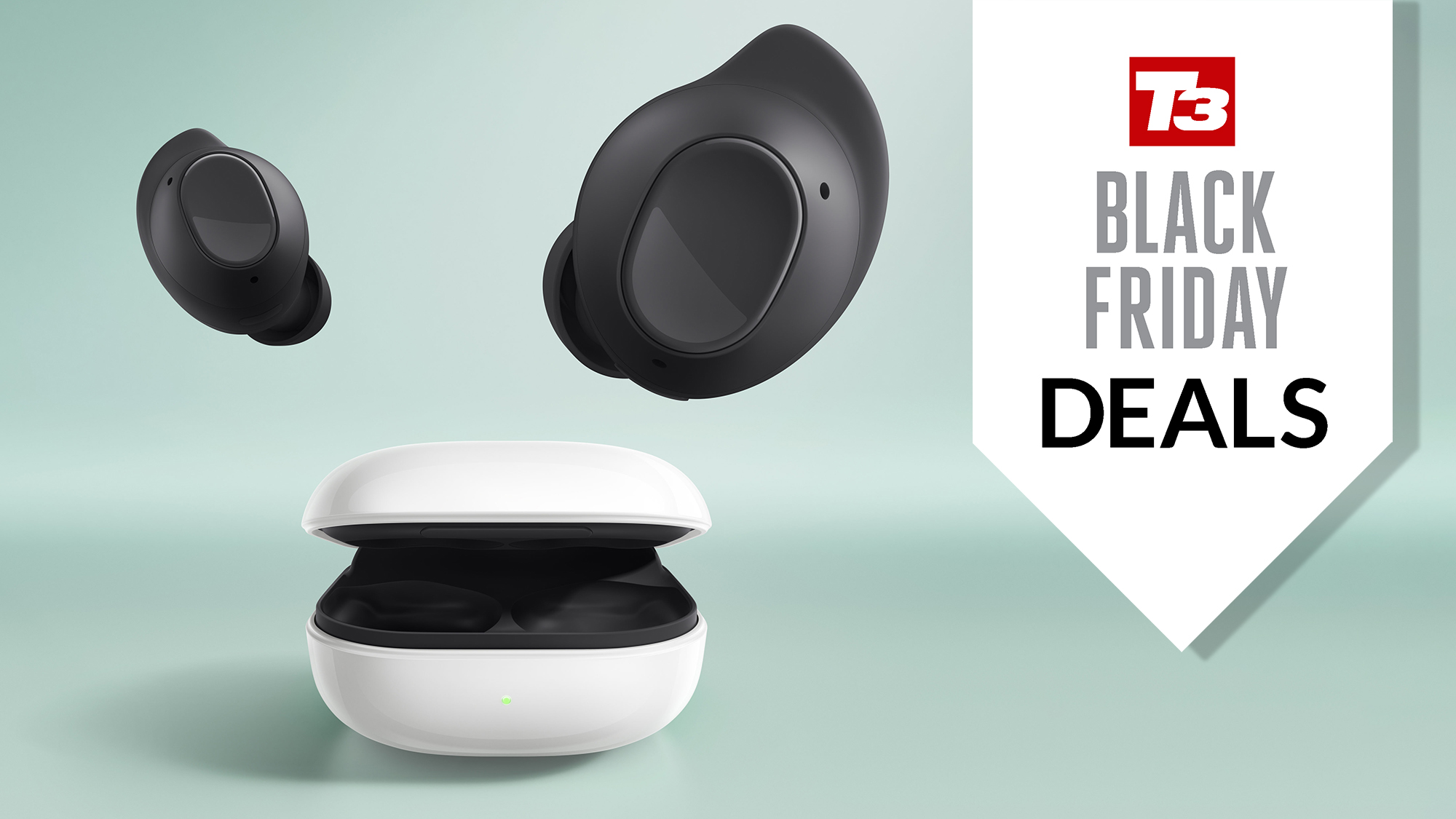 Samsung's fan-favorite earbuds are cheaper than ever on Amazon right now
Samsung's fan-favorite earbuds are cheaper than ever on Amazon right nowThe Galaxy Buds FE bring with them a superb listening experience at a low price – and that price just got even lower
By David Nield

